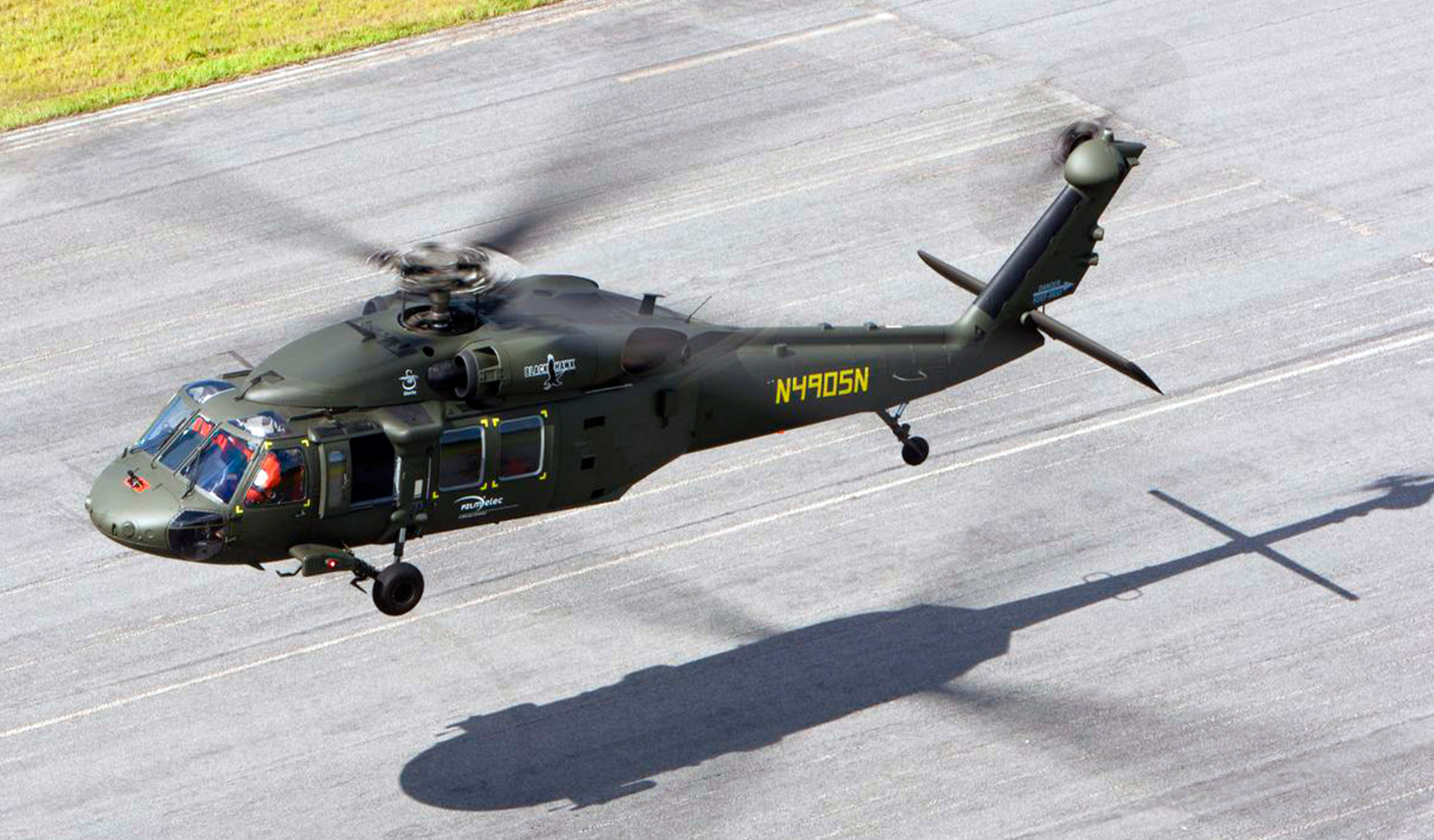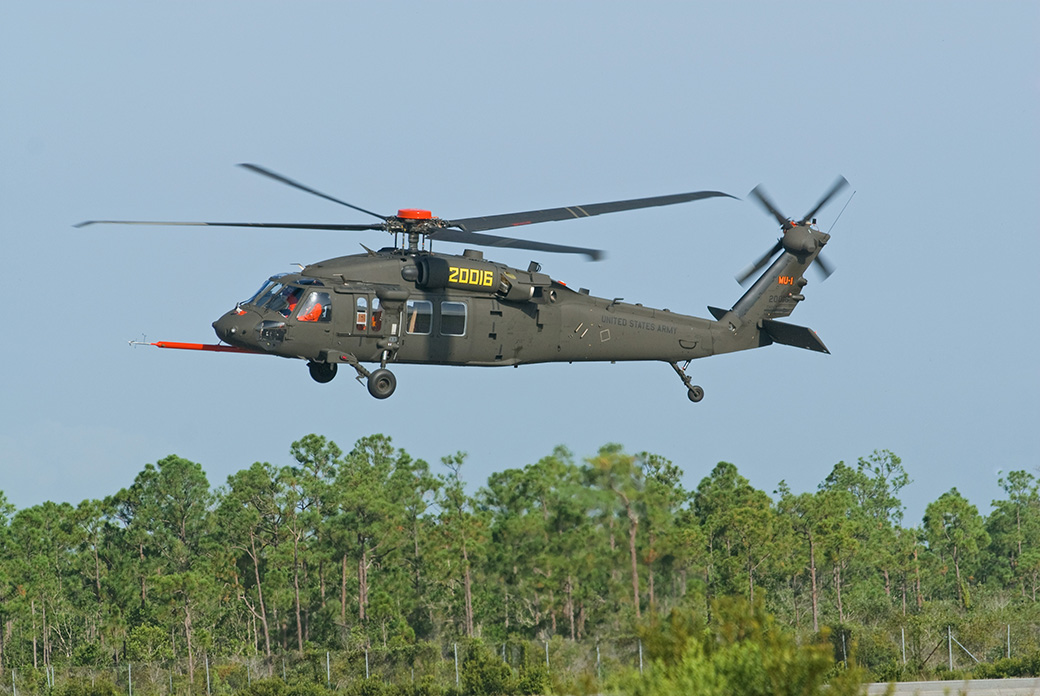Why the Sikorsky S 70 is the Preferred Choice for Modern Helicopter Missions
Why the Sikorsky S 70 is the Preferred Choice for Modern Helicopter Missions
Blog Article
High-Performance Multi-Role Rotorcraft Featuring Advanced Cabin Technologies and Integrated Sensing Unit Systems
The realm of rotorcraft technology has seen notable developments in recent times, particularly in the world of high-performance multi-role rotorcraft outfitted with sophisticated cabin innovations and perfectly incorporated sensing unit systems. These innovations have not just augmented the functional abilities of rotorcraft yet have actually likewise considerably affected modern aviation procedures on different fronts. From enhanced goal convenience to boosted operational efficiency, the merging of sophisticated cockpit modern technologies and incorporated sensor systems has actually ushered in a brand-new age of opportunities for rotorcraft applications. In the adhering to discussion, we will certainly check out the evolution of rotorcraft modern technology, dig into the world of advanced cabin developments, and examine the ramifications of integrated sensing unit systems on the operational adaptability and efficiency of modern-day rotorcraft.
Evolution of Rotorcraft Technology
The evolution of rotorcraft technology has been noted by substantial innovations in aerodynamics, products, and propulsion systems, forming the abilities and performance of modern-day rotorcraft. In addition, advancements in propulsion systems, including more effective engines and cutting-edge propulsion technologies, have enabled rotorcraft to attain higher elevations, faster speeds, and higher hauls.
These improvements have not only transformed the capabilities of rotorcraft yet have also broadened their applications across various markets, including military, industrial, and emergency services. The continual development of rotorcraft technology proceeds to drive innovation in the area, pushing the borders of what is feasible and shaping the future of upright flight.
Advanced Cabin Innovations
Building upon the foundational innovations in aerodynamics, products, and propulsion systems, the realm of rotorcraft modern technology currently changes focus towards introducing Advanced Cockpit Innovations. The combination of cutting-edge modern technologies within the cabin atmosphere plays an important role in improving the operational abilities, safety, and performance of modern rotorcraft. sikorsky s 70. Advanced Cabin Innovations incorporate a vast variety of attributes developed to give pilots with improved situational awareness, streamlined information monitoring, and user-friendly control user interfaces
One of the crucial innovations in cockpit layout is the execution of glass cockpits, which replace typical analog gauges with high-resolution screens. These electronic systems supply adjustable designs, real-time information integration, and improved readability, allowing pilots to gain access to critical information at a glance. Advanced avionics systems, such as fly-by-wire controls and augmented truth screens, are reinventing exactly how pilots interact with the aircraft, allowing for precise control and enhanced decision-making capabilities.


Including innovative cabin developments not only boosts pilot efficiency however also adds to general objective effectiveness and safety and security in complex functional atmospheres. By leveraging cutting edge modern technologies within the cabin, rotorcraft producers are establishing brand-new standards for functional excellence and goal success.
Integrated Sensor Equipments
With the development of rotorcraft modern technology, the integration of advanced Integrated Sensing unit Systems has come to be vital in improving functional effectiveness and safety. These Integrated Sensing unit Systems include a broad selection of innovations that give important data for numerous functions such as navigation, security, targeting, and ecological tracking. By flawlessly integrating sensors like radars, cameras, lidar, and infrared systems right into rotorcraft, drivers can benefit from enhanced situational recognition, improved goal capacities, and reduced pilot work.
One secret advantage of Integrated Sensing unit Equipments is their capability to collect real-time data and offer actionable understandings to pilots and objective drivers. Progressed radar systems can spot and track targets over long ranges, permitting for very early threat discovery and reliable feedback preparation. Furthermore, integrating infrared and electro-optical electronic cameras allows rotorcraft to perform reconnaissance and surveillance missions with precision and precision.
In significance, the assimilation of cutting-edge sensing unit modern technologies right into rotorcraft not just improves operational effectiveness but also adds dramatically to total goal success and team security. As rotorcraft remain to evolve, the duty of Integrated Sensing unit Solution will definitely stay at the leading edge of technology in the aerospace sector.
Functional Flexibility and Efficiency
Enhancing functional adaptability and effectiveness in rotorcraft is a natural development from the integration of advanced Integrated Sensing unit Solutions. By leveraging the understandings and data given by these innovative sensor systems, rotorcraft can maximize their efficiency across numerous objectives and environments.
Functional flexibility incorporates the capability of rotorcraft to adapt to various roles and circumstances effectively. With advanced cabin technologies and incorporated sensor systems, rotorcraft can effortlessly transition in between tasks such as search and rescue, clinical evacuation, monitoring, and extra. This versatility improves the rotorcraft's capability to satisfy diverse functional requirements without calling for extensive reconfiguration.
Efficiency in rotorcraft procedures is important for making best use of objective performance and resource use. Integrated sensing unit systems play a pivotal function in boosting operational effectiveness by supplying real-time information on climate condition, surface mapping, target tracking, and much more. This information makes it possible for pilots to make informed decisions quickly, maximize flight paths, conserve fuel, and improve general goal performance.
Influence On Modern Aviation Operations

In addition, the combination of innovative Related Site sensors facilitates enhanced mission preparation and implementation, allowing rotorcraft to perform a large range of tasks with boosted precision. From search and rescue procedures to airborne firefighting and legislation enforcement goals, the abilities of modern-day rotorcraft geared up with sophisticated cabin innovations and incorporated sensor systems are unequaled.
Moreover, the effect of these innovations extends beyond functional effectiveness to cost-effectiveness and sustainability. By optimizing flight paths, gas consumption, and maintenance routines, high-performance rotorcraft outfitted with advanced cockpit innovations and sensing units add to reducing operational costs and environmental influence, making them essential possessions in modern-day aeronautics procedures.
Conclusion
In conclusion, the high-performance multi-role rotorcraft with sophisticated cabin modern technologies and incorporated sensing unit systems stands for a significant evolution this link in aviation technology. These developments improve operational adaptability and performance, inevitably impacting contemporary air travel operations in a positive way. The integration of these advanced technologies permits improved capabilities and performance in various goal circumstances, showcasing the proceeded innovation of rotorcraft innovation in the air travel market.
The realm of rotorcraft technology has actually seen remarkable innovations in current times, especially in the realm of high-performance multi-role rotorcraft equipped with sophisticated cabin innovations and perfectly integrated sensing unit systems. From improved mission versatility to boosted functional efficiency, the merging of sophisticated cockpit technologies and incorporated sensing unit systems has actually ushered in a new era of opportunities for rotorcraft applications. In the complying with conversation, we will certainly check out the evolution of rotorcraft modern technology, dig into the world of advanced cabin advancements, and analyze the effects of integrated sensor systems on the functional versatility and performance of contemporary rotorcraft.

Report this page